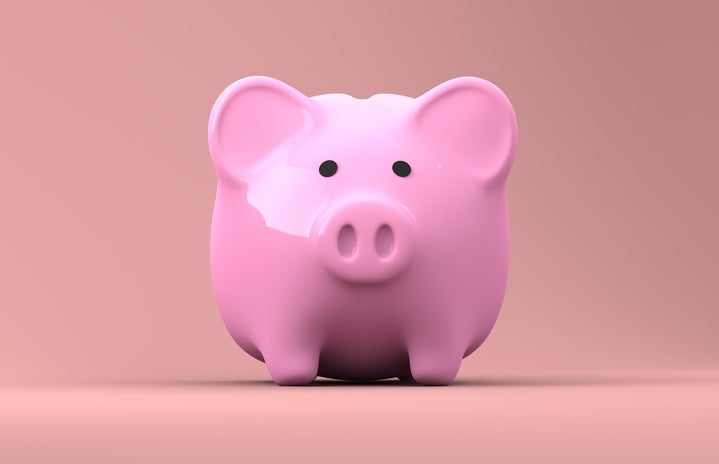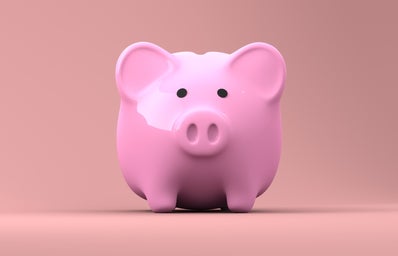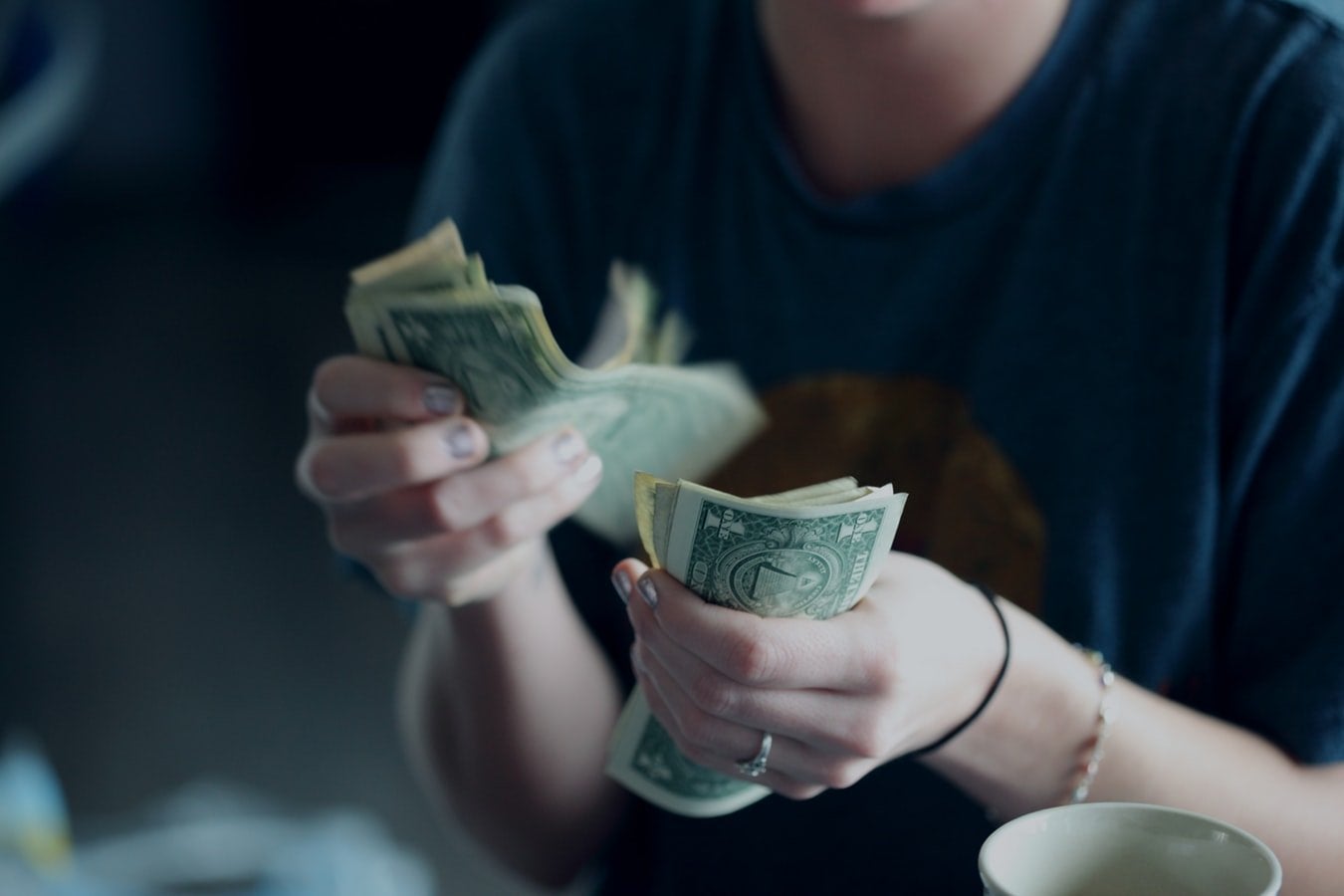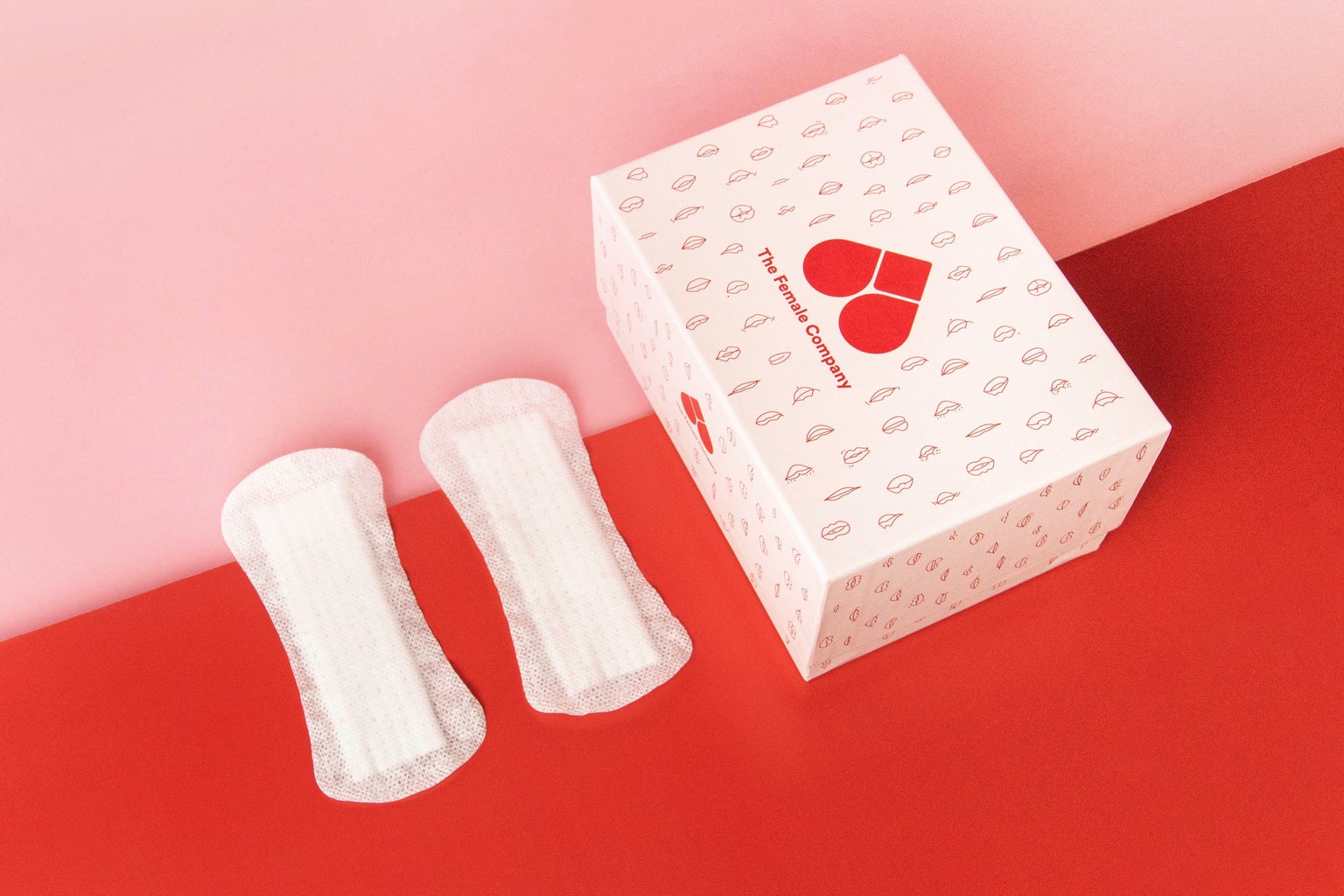The difficulty of being a woman is news to no one. Biological factors like menstruation and pregnancy and sociological factors like objectification and belittlement mean womanhood is no easy feat. However, the roots of gender oppression extend far beyond just societal or biological; being a woman is not only difficult, but it’s also expensive.
While women are paid less than men (the average woman makes about 82 cents on the average man’s dollar, and women of color make even less), the economic oppression of women extends beyond that. We actually pay a pretty penny for our gender every single day.
The United States is one of the worst countries in the world when it comes to offering maternity leave. Out of 41 developed countries, the United States ranked last for paid parental leave. In 2018, only 17% of companies offered paid leave to employees. This lack of both maternity and paternity leave adds fuel to the fire that is the gender wage gap. In 2010, research found that the smallest gender pay gap was between childless men and women. When a woman had children, they incurred an average 4% wage loss per child. It’s worse for low-wage workers who lose 6% per child. The gap widens because, even when leave is offered to both parents, men take less time off–a median of one week compared to 11 among women. This could be accredited to the stigma surrounding paternity leave and breadwinning expectations still placed on men.
Women are overwhelmingly expected to start families because of both a societal emphasis on reproduction and stricter abortion laws spreading through the South. Instead of receiving compensation for birthing and raising the next generation’s workforce, we are financially punished.
Not only are women paid less, but we’re also spending more. Did you know that you’re paying more for your razors, shampoo, and other products than your brother, dad, and boyfriend are? It’s called the pink tax, and it’s a premium put on products simply because they’re marketed to women. The actual difference in price is almost entirely unnoticeable–a few cents difference between your pink razor and the blue–but it adds up. According to Ax the Pink Tax, the average woman is charged an extra $1,351 every year. That means a 20-year-old woman will pay more than $25,000 in her lifetime simply for being a woman!
It’s not only the female versions of products that are being up-charged; menstrual products are taxed as luxuries, despite being necessities for people with periods. Most states tax “all tangible personal property,” but make exemptions for necessities like groceries and medical purchases. However, only fifteen states nationwide don’t tax tampons and pads. This means that women with periods are paying a premium simply for having a period–something totally natural and unavoidable.
So, what can we do? You can use price comparison to avoid pink products and ask your employer about their parental leave policies, but neither will solve the problem. Follow and support organizations like PL+US and Ax the Pink Tax and talk to your local and national representatives. Economic oppression will only end if we band together and demand it does.





